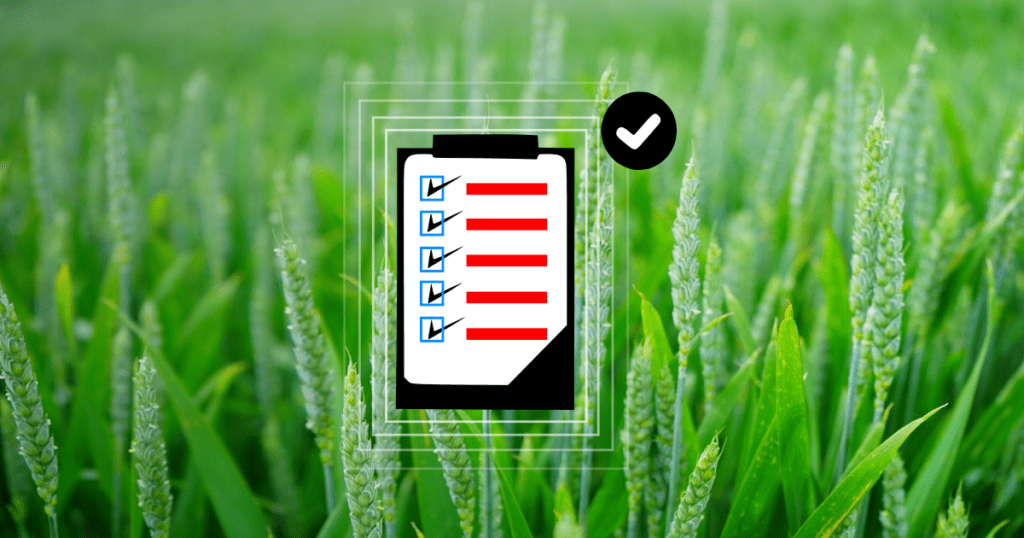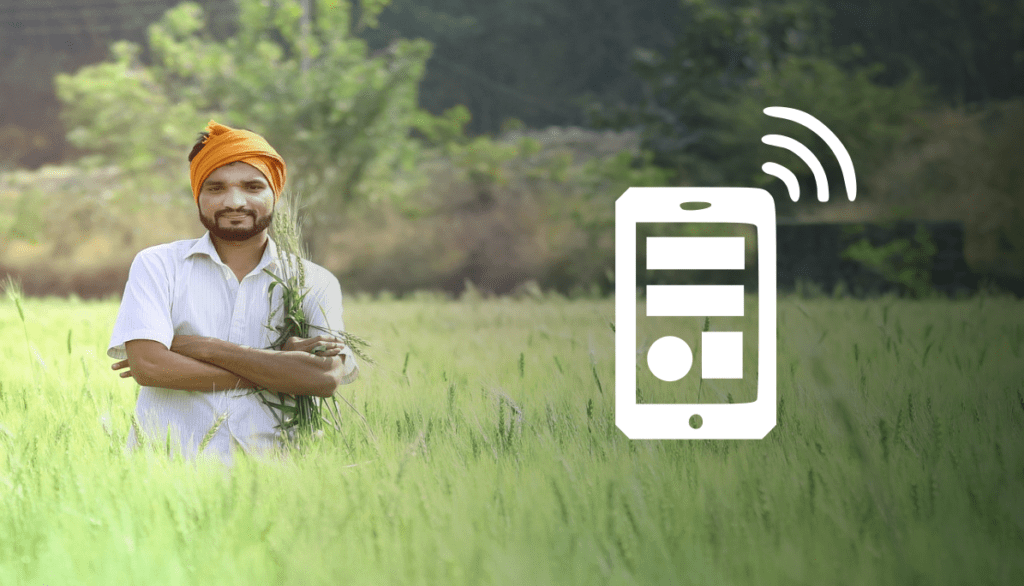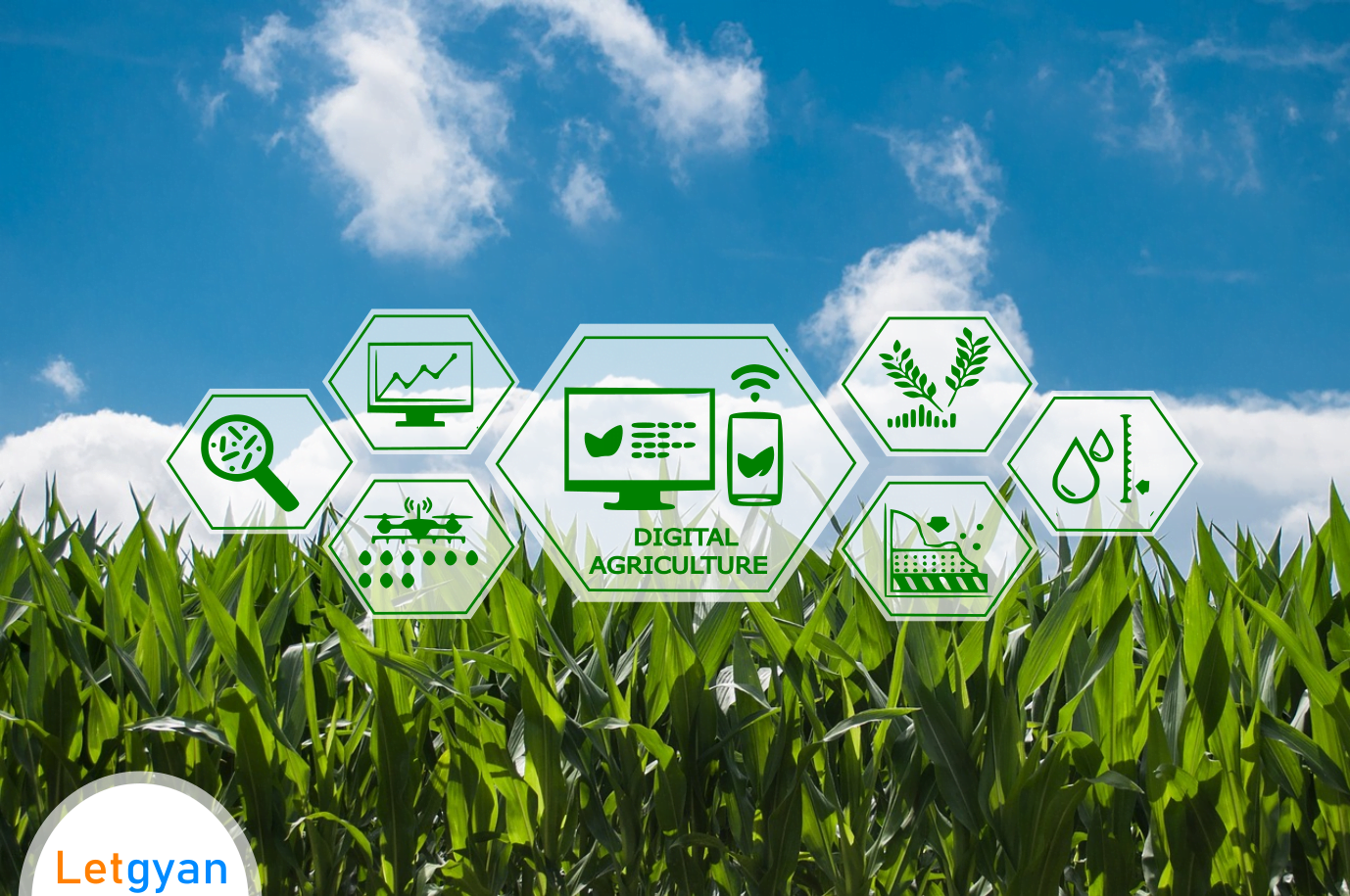In recent years, the Indian agricultural sector has witnessed transformational change. This change is due to the advent of Jio and other internet providers. These telecom giants have played a pivotal role in addressing the myriad challenges Indian farmers face. The impact of improved internet connectivity cannot be overstated in a country where agriculture is a primary livelihood for millions. This article will highlight the profound ways in which Jio and other internet providers have become a lifeline for farmers in agriculture and other agricultural aspects. These services have revolutionized the farming landscape, from accessing weather forecasts and market prices in real-time to acquiring valuable knowledge about agriculture and connecting with buyers directly.
Join us as we explore the digital revolution, empowering Indian farmers, making their lives more accessible, and contributing to the growth of the agricultural sector. Discover how technology is sowing the seeds of prosperity in this vital segment of our economy.
Empowering Farmers with Information
One of the most significant ways Jio and other Indian internet providers have improved the lives of farmers is by giving them access to a wealth of information. Farmers can now quickly check weather forecasts, helping them plan their agricultural activities more efficiently. Real-time weather updates enable them to make crucial decisions about planting, harvesting, and protecting their crops from adverse conditions.

Consider a farmer in rural India who relies on monsoon rains for his crop’s irrigation. Before improved internet access, he depended on traditional methods or local knowledge to predict rainfall. Now, he can access real-time weather forecasts with a smartphone and internet connectivity. This enables him to make informed decisions about when to plant his crops and when to expect rain, ultimately improving his crop yield and financial well-being.
Read our other post: हिंदुस्तानी और कर्नाटक संगीत में समानताएं और भेद
Market Prices at Their Fingertips
Another vital aspect of this digital revolution is access to real-time market prices. Previously, farmers often had to rely on intermediaries who offered lower prices for their produce. With the Internet, they can now check market rates and negotiate better deals, so this newfound transparency empowers farmers to get fairer prices for their hard work.

Imagine a vegetable farmer who used to sell her produce at a nearby market. She often faced challenges negotiating fair prices with intermediaries. With access to the Internet, she can now check the prevailing market prices for her vegetables online. Armed with this information, she can negotiate better prices with buyers, ensuring her hard work is rewarded more fairly.
Agricultural Education and Knowledge Sharing
The Internet has become a vast knowledge repository, and farmers are tapping into this resource for agricultural information. Online platforms, forums, and educational websites guide farmers on best practices, pest control, and crop management. This knowledge-sharing has led to improved agricultural techniques and higher yields.

In a remote village, a group of farmers is struggling with a sudden pest infestation damaging their crops. They turn to the Internet to seek solutions. They learn about effective pest control methods through online forums and agricultural websites and receive expert guidance. This newfound knowledge helps them save their crops and equips them with valuable information to prevent future infestations.
Read our other post : IMPORTANCE OF RIVERS INDIA
Direct Marketing and Sales of Agricultural Products
Traditionally, farmers had limited options for selling their products, often relying on local markets or intermediaries. With the Internet, they can connect directly with buyers, including wholesalers, retailers, and export markets. This direct access eliminates the need for intermediaries, allowing farmers to capture a more significant profit share.

A small-scale organic farmer in India now has the opportunity to expand her market reach beyond her local community. With internet access, she can advertise her organic products online and connect with buyers interested in healthier, sustainable food options. This direct marketing approach increases her income and promotes sustainable farming practices.
Economic Growth and Rural Development
The ripple effect of improved internet access extends beyond individual farmers. It contributes to the overall economic growth of rural areas. As farmers earn more income and invest in their farms, they create a more prosperous local economy. This, in turn, leads to better infrastructure, healthcare, and education in these regions, improving the quality of life for all residents.

Improved internet access benefits individual farmers and contributes to the overall development of rural areas. As farmers access new markets and earn higher incomes, they invest in their communities. This investment can lead to better roads, schools, and healthcare facilities, ultimately improving the quality of life for everyone in the region.
These examples illustrate how Jio and other Indian internet providers have transformed the lives of farmers by providing them with information, market access, education, and opportunities for economic growth. The impact extends beyond the individual, creating a ripple effect and uplifting rural communities.
read our other post : Success Stories of Some Famous Billionaires with Net Worth
Conclusion
The partnership between Jio and other Indian internet providers has ushered in a new era of hope and progress for our farmers. Accessible and affordable internet services are game-changers, giving farmers essential information and tools to make informed decisions.
Through this digital revolution, farmers now have the power to navigate unpredictable weather patterns, secure better prices for their produce, and continually enhance their agricultural practices. This transformation not only improves their livelihoods but also bolsters the overall growth of the agricultural sector in India.
As we celebrate the remarkable impact of technology on our farms, we must also acknowledge the ongoing need for innovation, infrastructure development, and equitable access to the Internet. By addressing these challenges, we can ensure that the benefits of digital empowerment continue to reach every corner of rural India, fostering a brighter future for our farmers and our nation.


2 thoughts on “Agricultural Transformation and Empowerment in Indian through JIO and other Internet provider”
Comments are closed.